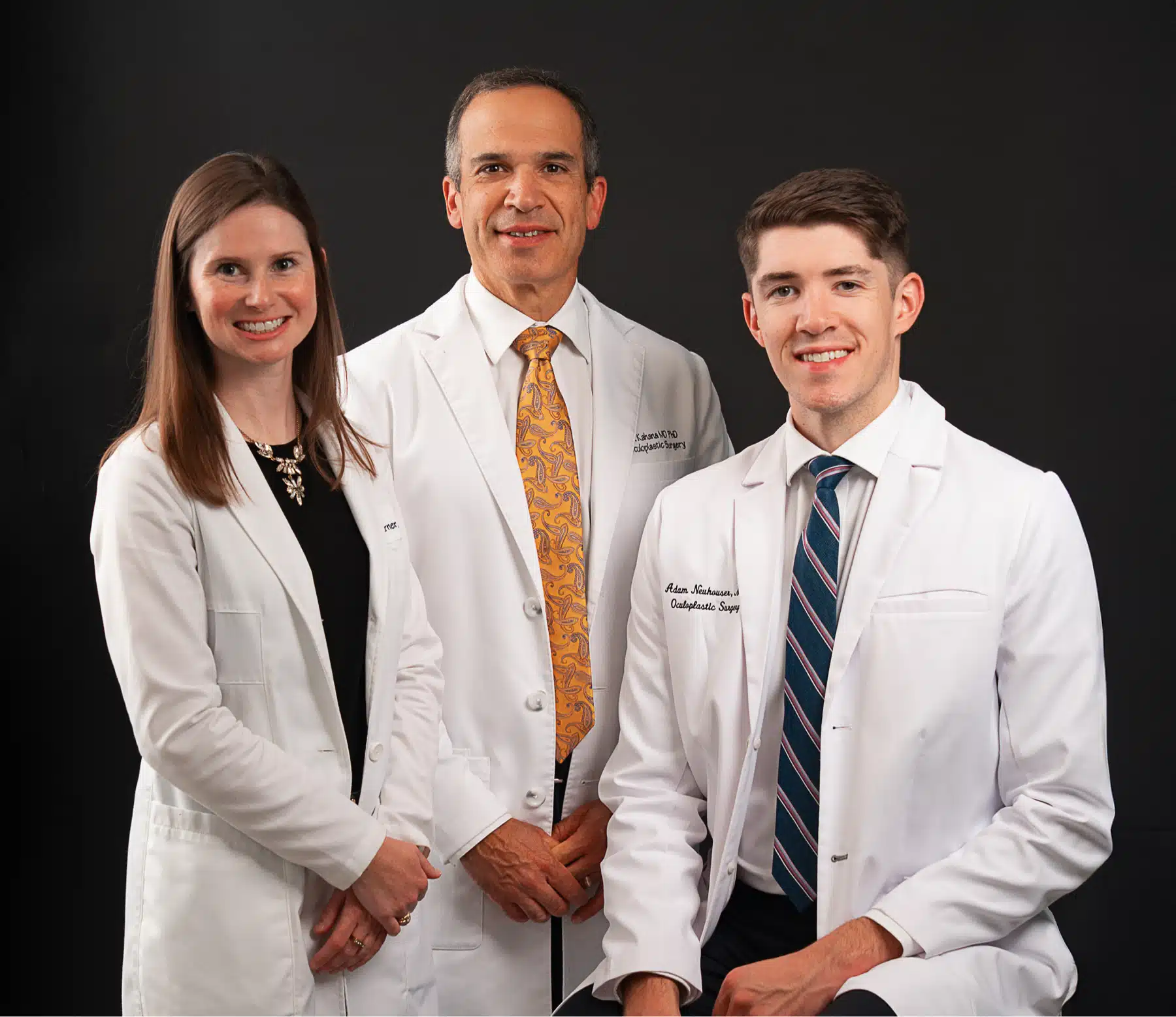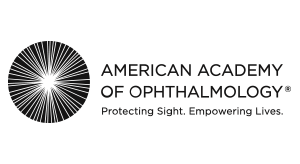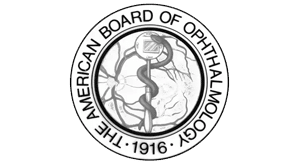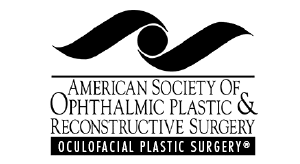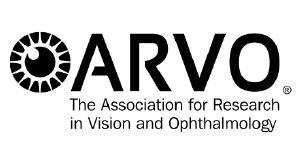Upper Blepharoplasty (Upper Eyelid Surgery)


Upper eyelid blepharoplasty is a common procedure performed by Dr. Alon Kahana to address both functional and aesthetic issues of drooping, puffy upper eyelids.
Our specialized oculoplastic team performs approximately 40-60 blepharoplasty procedures each month, providing our patients with personalized care focused on natural results for each patient’s unique priorities and natural features.
As we age, our skin gradually loses elasticity, underlying soft tissue structures loosen, and subcutaneous fat diminishes and redistributes—particularly around the eyes.
The effect can create droopy, excess skin and puffiness of the eyelids, often resulting in asymmetry and a consistently tired or aged appearance. Upper eyelid surgery removes excess skin and repositions fat to create a more youthful and aesthetically pleasing look.
This procedure enhances overall facial harmony by correcting asymmetry caused by drooping eyelids, restoring balanced proportions between your eyes and other facial features. Many patients also experience the added benefit of a smoother forehead, as they no longer need to raise their eyebrows to compensate for impaired vision—reducing the deep forehead creases that often develop from this repetitive movement. As always, Dr. Kahana’s goal is to work with your unique natural features to restore a more youthful version of you.
An upper blepharoplasty is often combined with a lower blepharoplasty for a complete eye area enhancement.
Beyond cosmetic concerns, excess skin on the upper eyelids can protrude low enough to hang over the lashes, impeding vision and significantly impacting daily activities like reading and driving.
This functional limitation often qualifies the procedure—termed “functional blepharoplasty”—for insurance coverage. Upper eyelid blepharoplasty removes this excess skin, effectively restoring your natural field of vision and eliminating visual obstruction. Patients typically experience enhanced visual function in everyday tasks without the constant need to compensate for impaired vision.
It’s inevitable that we all will experience environmental damage to our upper eyelids to some degree or another over time.
Environmental factors include stress, air pollution, sun exposure, wind, extreme temperatures (hot or cold), as well as allergens such as dust, pollen, chemicals, and certain cosmetics. These can cause eye inflammation, irritation, dryness, and the potential for puffy, sagging upper eyelids.
While lifestyle adjustments—such as a healthy diet, proper hydration, a quality skin care routine, and the use of sunscreen and sunglasses—can help remediate the impact the environment can have on our eyes, upper blepharoplasty is the best option for a comprehensive, restorative result that will leave you looking and feeling rejuvenated and youthful.
When consulting with a surgeon, you’ll want to discuss your concerns and desired outcomes.
Be sure to ask detailed questions about the procedure, potential risks, and post-operative care. Keep in mind that the doctor-patient relationship is very important and can impact the outcome of your procedure. Select a surgeon that you trust—someone who you are confident will be there for you if issues should arise before, during, and after the surgery.
Lastly, never underestimate the importance of word of mouth, as it is often the best way to find the right surgeon for your needs. While before-and-after photos are important, ask to speak with actual patients who have had the same procedure with the surgeon you have in mind. You may find this feedback to be particularly valuable.
The true value of this ability is evidenced by the fact that a major part of our practice is devoted to the revision and correction of complications from plastic surgery of the eyelids and face performed elsewhere. For this reason, we have become “the oculoplastic surgeons of last resort” for patients across the region and country suffering from complex oculofacial conditions and adverse outcomes from cosmetic surgery.
Over more than 20 years of surgical training and practice, Dr. Kahana has developed techniques to address these challenges and our team has gained significant expertise in preventing and avoiding such occurrences. While it’s never possible to completely eliminate surgical risks, we have a particularly excellent track record when it comes to minimizing potential adverse events and achieving optimal outcomes.
When choosing a surgeon for your eyelid surgery, it is best to have an experienced surgeon who is Board-certified in ophthalmology and/or facial plastic surgery.
Specific experience with blepharoplasty—particularly the number of these surgeries performed each year, and the number of years in the practice—is a great indicator of the surgeon’s commitment to specialization in eyelid surgery.
Avoid surgeons who only perform cosmetic surgery and do not accept insurance. Instead, seek out surgeons that also handle complex medical conditions, as treating these conditions builds specialized expertise that will help them achieve optimal cosmetic results while avoiding complications. Additionally, ask to review before-and-after photos of previous patient surgeries, and don’t be afraid to ask about post-operative care and how they handle any potential surgery related challenges.
When consulting with a surgeon, you’ll want to discuss your concerns and desired outcomes.
Be sure to ask detailed questions about the procedure, potential risks, and post-operative care. Keep in mind that the doctor-patient relationship is very important and can impact the outcome of your procedure. Select a surgeon that you trust—someone who you are confident will be there for you if issues should arise before, during, and after the surgery.
Lastly, never underestimate the importance of word of mouth, as it is often the best way to find the right surgeon for your needs. While before-and-after photos are important, ask to speak with actual patients who have had the same procedure with the surgeon you have in mind. You may find this feedback to be particularly valuable.
Cosmetic upper eyelid blepharoplasty removes excess skin from the upper eyelids to address issues such as drooping eyelids and puffy, baggy eyelids that contribute to a tired or aged appearance. Sometimes, fat is also removed or repositioned, and the lid crease moved or strengthened, to achieve optimal functional and appearance.
Typically performed under local anesthesia, often with mild sedation, the procedure involves making precise incisions along the crease of the upper eyelids, allowing for the discreet removal or repositioning of tissue. Fat is sometimes removed from the inner aspect of the eyelid, but usually preserved over the middle of the eyelid; careful selection of which fat to remove and which to leave behind is critical for achieving ideal aesthetic contour. When the procedure is complete, the incision is closed with sutures. The outcome is a refreshed and rejuvenated appearance, with scars usually well-concealed in the eyelid crease.
Upper eyelid surgery is most often considered when excess skin on the upper eyelids creates noticeable drooping and/or impaired vision. If this is something you are experiencing, talk to your doctor, who will first want to consider and/or rule out any eye conditions that may be of greater medical or functional importance than the aesthetic result upper eyelid surgery can provide.
It’s also important to review your full medical history, existing health conditions, and medication regimen with your surgeon. Request specifics about pre- and post-operative requirements and recommendations ahead of your surgery so that you have a comprehensive plan for recovery and success.
Once you make the decision to undergo upper eyelid blepharoplasty, consider timing carefully and plan for adequate recovery time. Most patients can return to work and daily activities within 10 to 14 days, though healing is a process of several months. Optimal results can be expected once post-surgery swelling has fully resolved, which usually takes about six months.
There are considerable advantages for combining rejuvenating procedures.
For example, upper eyelid surgery is often combined with lower eyelid surgery, Botox treatments, and CO2 laser skin resurfacing for a more comprehensive aesthetic rejuvenation. This can also help reduce overall costs and serve as a time-effective strategy with respect to recovery periods, as simultaneous healing can occur. To learn more about the benefits of complementary rejuvenating procedures, talk with your surgeon before scheduling your blepharoplasty.
To help manage your expectations and ensure a more comfortable and satisfying healing experience, it’s important to understand the progression of your results. Although the recovery period varies for each individual, most patients begin to appreciate the results of their upper blepharoplasty within the first few weeks following the procedure. Here’s a general timeline for initial aesthetic changes:
Patients undergoing functional (medically necessary) eyelid surgery often notice immediate benefits in their visual field, even before swelling fully subsides. These improvements typically include expanded peripheral vision, reduced sensation of heaviness, and improved overall visual comfort.
At three to six months, your sub-acute healing should be mostly complete.
Expect any remaining swelling to diminish as your incision lines become healed and barely visible. The skin around your eyes will become smoother and refreshed while the rejuvenated shape of your eyelids will emerge and long-term results will become more noticeable moving forward.
It’s important to understand that recovery can be different for everyone, so be sure to follow the advice of your surgeon. Allowing your body to heal properly will help you achieve the best outcome.
The benefits of upper eyelid surgery performed by Dr. Kahana can be long lasting, with patients enjoying results for many years. On this note, however, it’s important to understand that as the aging process continues, natural changes in skin elasticity, muscle tone, and underlying tissues may alter the initial outcome over time.
Although these natural changes are beyond our control, steps can be taken to help maximize the benefits of your upper blepharoplasty and maintain a youthful look. For starters, try to maintain a healthy lifestyle through regular exercise and a balanced diet—one with nutrient-rich foods that promote skin health. Equally important, protect your eyes and skin from the sun’s harmful UV rays by wearing sunglasses and applying sunscreen. You may also want to adopt a skincare routine that includes high-quality moisturizers and anti-aging products.
Your journey toward a fresh, rejuvenated look begins with a private consultation with Dr. Kahana at Kahana Oculoplastic and Orbital Surgery.
To schedule your evaluation, please call 248-800-1177 or click the link below
